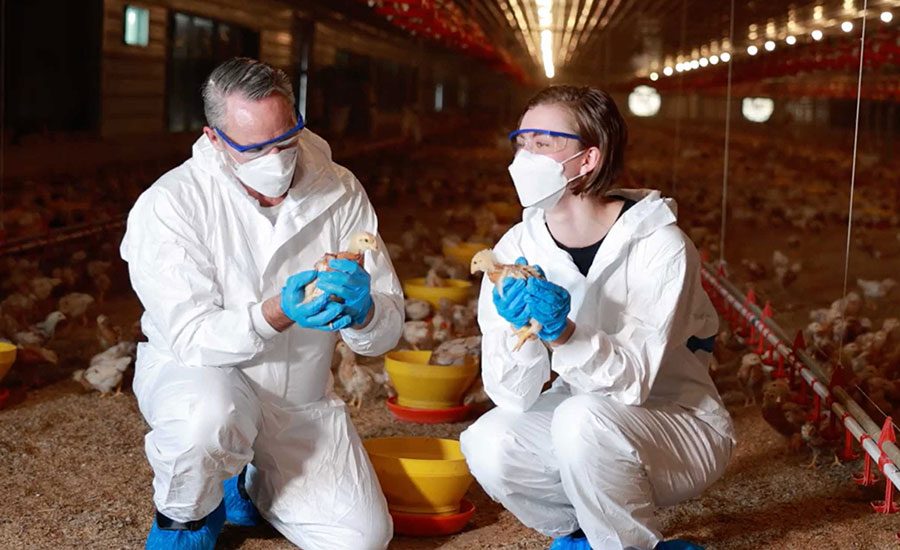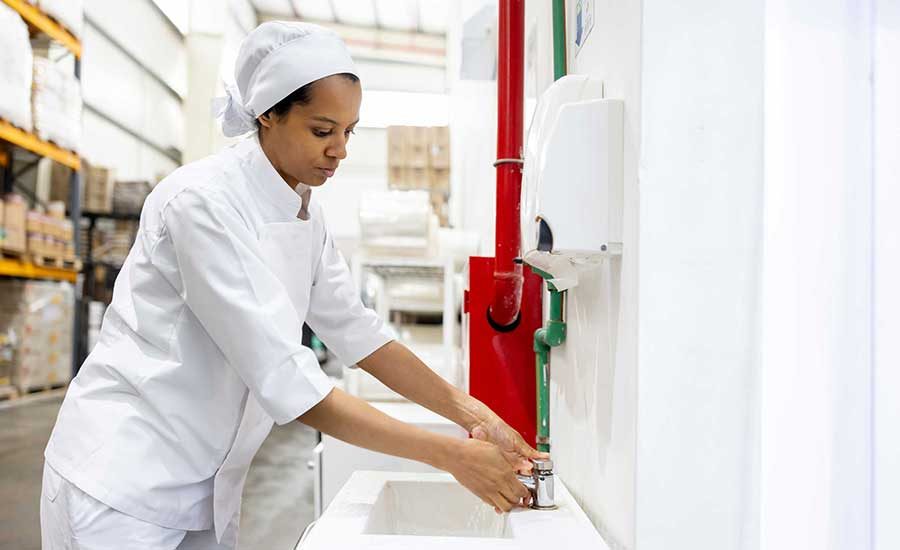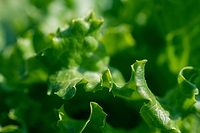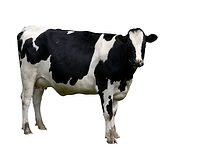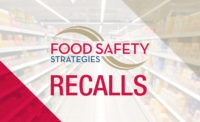Yesterday, the U.S. Food and Drug Administration (FDA) released two statements (1, 2) updating the public about the most recent Escherichia coli O157:H7 outbreak linked to romaine lettuce. Here’s what we now know from those statements.
The Investigation
FDA is working in conjunction with the U.S. Centers for Disease Control (CDC), and state and local authorities, along with food safety and health officials in Canada (Public Health Agency of Canada and the Canadian Food Inspection Agency) where the outbreak is also occurring. The traceback investigation has included the review of shipping records and invoices to trace the supply of romaine from the place where ill people were exposed to the place where that romaine was grown.
Contamination Source
It is believed that the contaminated romaine lettuce associated with this current outbreak originated from California, specifically the Central Coast growing regions of central and northern California. The lettuce was grown over the summer months and the outbreak appears to be related to “end of season” romaine lettuce harvested in these areas. This region is also where the vast majority of romaine lettuce on the market was being grown over the summer. Romaine lettuce harvesting in this region has since ended for the year, but the growing season is just beginning in other regions of the U.S.. With the help of the leafy greens industry and agricultural authorities, investigators are narrowing down the location where the contaminated lettuce is believed to have been grown. Lab testing has confirmed that this current E. coli outbreak strain is similar to the one that occurred in the U.S. and Canada in the fall of 2017. That outbreak was linked to leafy greens in the U.S. and romaine lettuce in Canada.
Labeling
FDA has had discussions with the major U.S. romaine lettuce producers and distributors about product labeling and dating with the purpose of assuring consumers that any romaine lettuce that will come onto the market is not associated with the current E. coli outbreak. The labeling will identify the origin of the romaine based on harvest region, along with the date of harvest. FDA says this can improve their ability to provide more targeted information to consumers in the event of a future outbreak of illness. The FDA also has commitments from the romaine lettuce industry that such labeling will continue into the future and become the standard for their products. This labeling may also include lettuce that is hydroponically or greenhouse grown. FDA says that in the future, lettuce that is not labeled with its origin and harvest date (except for lettuce that is identified as hydroponically or greenhouse grown) should not be purchased, eaten, or used. Growers, processors, distributors, and retailers are urged to begin labeling romaine lettuce and leafy greens both on packaging and at point-of-sale.
Also, the leafy greens industry plans to start a task force that will focus on long-term labeling solutions for romaine lettuce and other leafy greens. The task for will also establish standards for product traceability.
Advice to Consumers and Retailers
As of November 20, the CDC has advised the public not to consume any romaine lettuce--regardless of its possible origin--and to destroy any that may be in their homes. Restaurants and other commercial establishments have also been advised to destroy any and all romaine lettuce they may have on hand. This is the advice that’s been handed down because at the onset of the outbreak, officials had not identified a likely source for the outbreak that would have allowed for a more specific product recall.
Illnesses
FDA reports that as of November 26, 2018, 43 people have become ill in 12 states. The last illness onset date recorded is October 31. In Canada, 22 people have become sick.
Sign up for Food Safety Magazine’s bi-weekly emails!
Subscribe to our podcast: Food Safety Matters!

